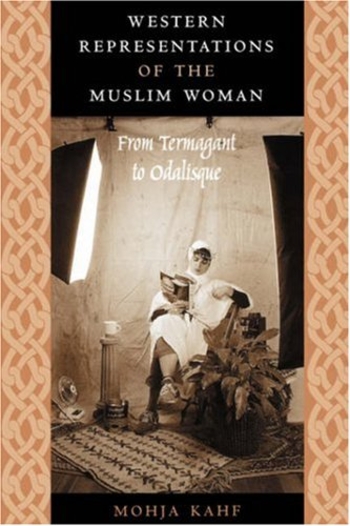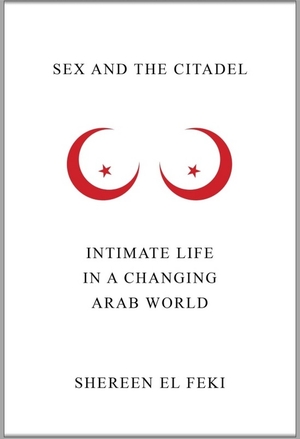 Kahf, assistant professor at the University of Arkansas, presents fascinating information but draws a deceptive and even false thesis from it. She shows that, in the medieval period, the West looked at the Muslim woman as a termagant, an archaic English word usually applied to Muslims and meaning a "quarrelsome, overbearing woman; a virago, vixen, or shrew." Europeans strenuously disapproved of this kind of woman and found her deeply threatening. Then, in the seventeenth century, the Muslim female's image changed as "the veil and the seraglio" entered the picture. The new (Turkish-origin) term to describe the Muslim woman was odalisque, "an abject harem slave." With some evolution, this image of oppression has remained dominant in the Western understanding.
Kahf, assistant professor at the University of Arkansas, presents fascinating information but draws a deceptive and even false thesis from it. She shows that, in the medieval period, the West looked at the Muslim woman as a termagant, an archaic English word usually applied to Muslims and meaning a "quarrelsome, overbearing woman; a virago, vixen, or shrew." Europeans strenuously disapproved of this kind of woman and found her deeply threatening. Then, in the seventeenth century, the Muslim female's image changed as "the veil and the seraglio" entered the picture. The new (Turkish-origin) term to describe the Muslim woman was odalisque, "an abject harem slave." With some evolution, this image of oppression has remained dominant in the Western understanding.
What explains this change? The likely answer is simple: before the seventeenth century, Europeans knew little about Muslims and so projected on to them their own characteristics, including strong female figures. Then, as travelers and scholars filled in the picture, these quite fantastical notions were replaced by more grounded ones. Specifically, the "aggressive, exuberant" woman of an earlier era was replaced by a far more realistic picture of the Muslim female as supremely modest and long-suffering. In post-modernist fashion, however, Kahf ignores this commonsensical explanation in favor of a more complex and insidious one. She attributes the new views not to enhanced knowledge but to changes in "Western cultural norms of femininity and gender." In other words, the change in view resulted only from a shift in European attitudes. Kahf hereby implies that one truth is as good as another. One era thought this, another era thought that - and there is no objective reason to find one more accurate than the other. Such is the foolishness of today's academy.
 Mar. 12 , 2013 update: by Shereen El Feki offers a quite different take on this switch in her book out today, Sex and the Citadel: Intimate Life in a Changing Arab World (Pantheon). She compares the roughly contemporaneous nineteenth century travelers Gustave Flaubert and Rifa'a Rafi' at-Tahtawi, noting how the Frenchman reveled in Egypt's sexuality and the Egyptian approved of France's anti-homosexuality. In contrast to my argument that Westerners projected their fantasies on to the East, she argues that Egypt actually was eroticized.
Mar. 12 , 2013 update: by Shereen El Feki offers a quite different take on this switch in her book out today, Sex and the Citadel: Intimate Life in a Changing Arab World (Pantheon). She compares the roughly contemporaneous nineteenth century travelers Gustave Flaubert and Rifa'a Rafi' at-Tahtawi, noting how the Frenchman reveled in Egypt's sexuality and the Egyptian approved of France's anti-homosexuality. In contrast to my argument that Westerners projected their fantasies on to the East, she argues that Egypt actually was eroticized.